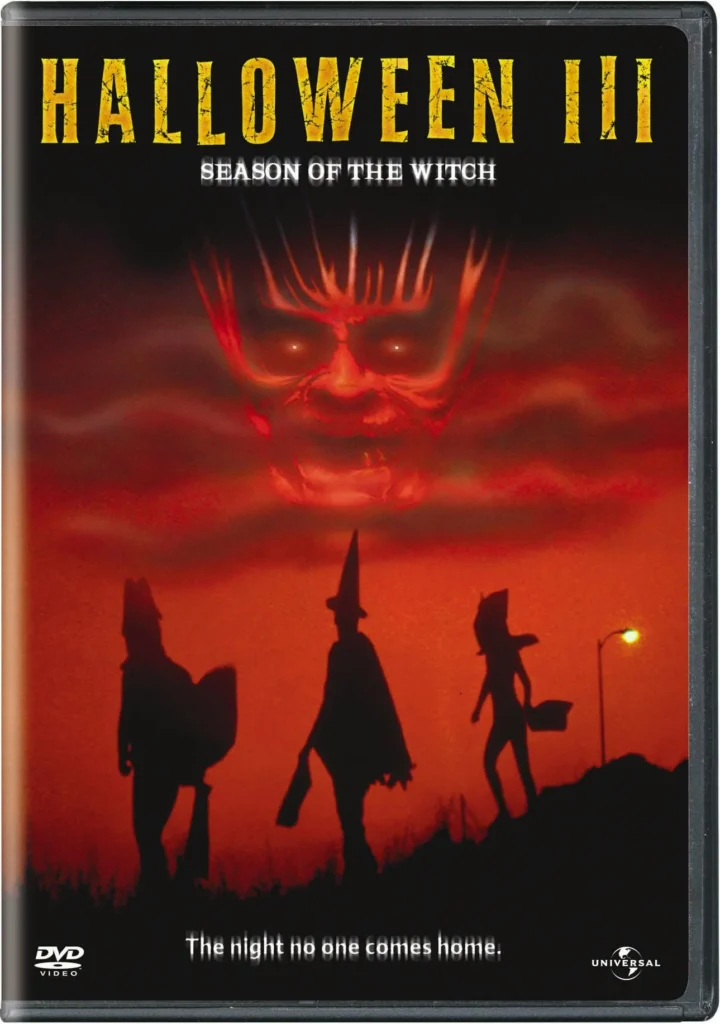“Dracula’s Daughter” (1936): A Mesmeric Descent into Darkness – Review

The legacy of Universal Pictures’ early horror films is vast, echoing through cinema’s sprawling halls for decades. With “Dracula” (1931) having already left an indelible mark on audiences, it was in 1936 that Universal sought to captivate them once again, this time with the enigmatic sequel, “Dracula’s Daughter.”
Directed by Lambert Hillyer, “Dracula’s Daughter” presented a different take on the classic vampire lore, choosing to meander into the psychological implications of vampirism rather than focusing solely on its outright horror. The film follows Countess Marya Zaleska, the eponymous daughter of Count Dracula, played with an arresting presence by Gloria Holden. Her portrayal oscillates between cold detachment and tormented humanity, embodying a character who wishes to free herself from her vampiric curse.
The film commences right where “Dracula” left off, establishing a seamless continuity. With the demise of Count Dracula, one would expect the end of the vampire threat. However, this narrative defies such expectations, plunging deeper into the mythology. Zaleska seeks out Dracula’s body, hoping to burn it and free herself from her innate thirst for blood. But as fate would have it, her attempts at redemption and normalcy are thwarted, mostly due to her sinister manservant, Sandor, played by the talented Irving Pichel, who wishes her to embrace her true nature.
One scene of particular note is when Zaleska encounters Lili (Nan Grey), an unwitting victim. Their interaction brims with undercurrents of repressed sexuality, suggestive glances, and a hypnotic allure that transcends the mere act of bloodsucking. It’s a masterclass in subtext, with many interpreting it as an early exploration of lesbian themes in cinema.
Behind the scenes, the production was rife with challenges. Original drafts of the script were deemed too scandalous, with explicit references to Zaleska’s homosexuality. The Hays Code, Hollywood’s restrictive content guideline of the time, necessitated a toning down of such overt references. Yet, the final product still managed to retain a sense of its original intent, showcasing a subdued but palpable tension.
Further, the film’s development was marked by shifting decisions regarding casting and direction. Originally, James Whale, known for his work on “Frankenstein” and “The Invisible Man,” was slated to direct but was eventually replaced by Hillyer. Additionally, Holden wasn’t the initial choice for the lead. Universal had considered casting a bigger star in the role, like Brigitte Helm, but Holden’s chilling portrayal in the screen test ensured her selection.
Visually, “Dracula’s Daughter” is a masterstroke. Cinematographer George Robinson crafts a milieu that’s both ethereal and gothic. The play with shadows and light, particularly in the scenes set in Zaleska’s lair, conjures an atmosphere of brooding menace. This is complemented by Heinz Roemheld’s score, which, although not as iconic as other Universal monster themes, underscores the film’s moods perfectly.
A unique aspect of “Dracula’s Daughter” is its attempt to humanize its central monster. The film touches upon themes of identity, duality, and the ceaseless battle between one’s nature and desires. It’s a refreshing deviation from the black-and-white moral landscape common in many monster films, where the creature is often a soulless embodiment of evil. Here, the lines are blurred, evoking both sympathy and fear.
While “Dracula’s Daughter” didn’t achieve the commercial success Universal had hoped for, it has, over the years, garnered a loyal following and critical reevaluation. Its nuanced portrayal of a tortured vampire, combined with its bold (albeit veiled) explorations of sexuality, make it a fascinating watch. Today, it stands as a testament to Universal’s golden era of horror, a time when monsters were more than just creatures; they were mirrors to our own souls, reflecting our darkest fears and most fervent hopes.




